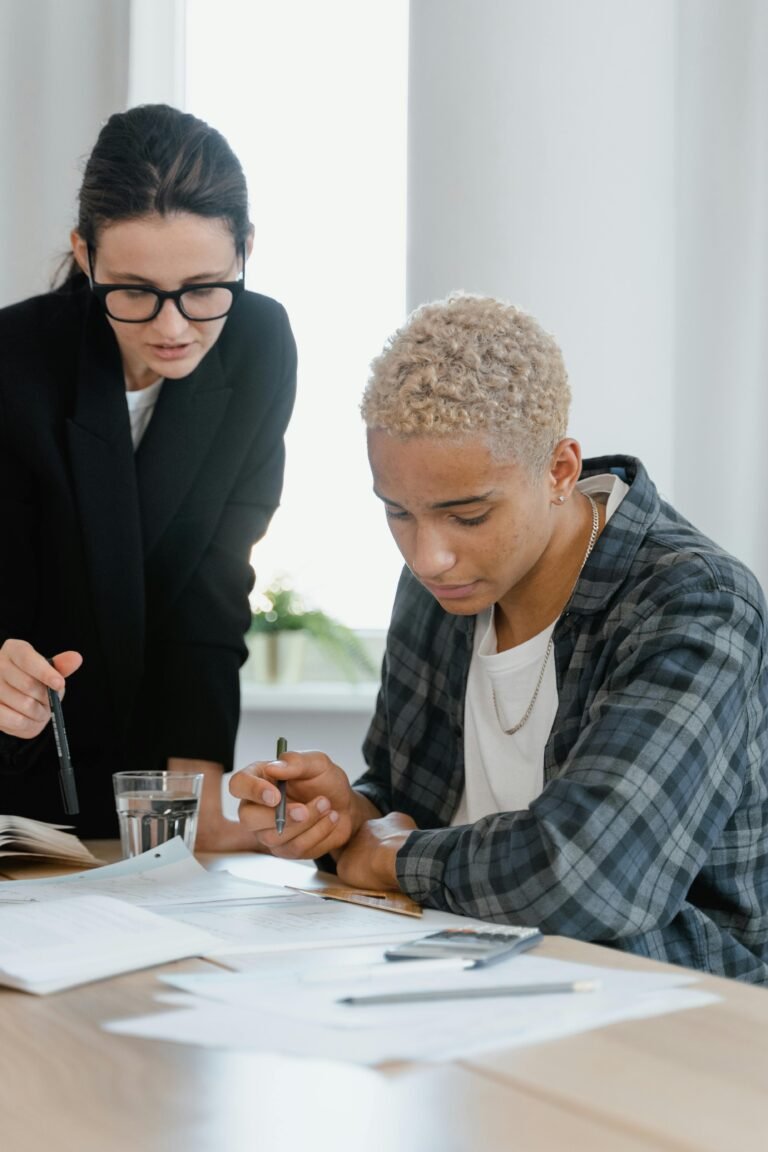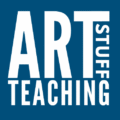Art Teaching Stuff: FAQ's

Can my students use AI in their examination work?
JCQ and Awarding Bodies take the view that AI-generated images are not the candidates’ unaided independent work. Therefore AI images cannot be used as evidence of students’ independent achievement in meeting the examination criteria and will not receive any marks. Students must be informed of this. The obvious implications of this aspect of the regulations governing NEA would suggest that students should not submit AI generated work. If they do so and declare it, then it will be ignored. If they do so and do not declare it they will be accused of cheating.
However, students may use the internet and AI in their research, treating it in the same way as any other reference material – such as Google-resourced images.
Students must always declare the source of their references, including AI-generated imagery. They should never simply copy such images – plagiarism.
See more on the Exams, Rules, and Options page.
Where can I find an AI policy?
In 2023 the then government identified five principles that would inform the evolution of AI in the UK. This included the education sector, schools and Ofsted. Ofsted will begin to take account of a school’s appropriate and safe use of AI. As a consequence, it is assumed that soon, most schools will have an AI policy, and templates will become available on the Internet.
Art teachers will wish to engage in this whole school debate and follow school policies. Art teachers may feel that AI poses particular issues in their subject and will wish to clearly establish subject-specific guidelines and principles for their students. Art departmental guidelines will vary from school to school.
Read more on the ‘Policies‘ page.
Click here for some interesting pragmatic ideas about how to teach responsible AI art education from the ‘Art of Education University‘. These include student agreements to confirm and reinforce everyone’s understanding of responsible AI use.
UPDATE: In June 2025 the Department for Education published guidance for schools on the use of AI in educational settings. Click here to access this. It is comprehensive and bureacratic and places an emphasis on protecting students from AI, rather than educating them in AI and the digital world that they will inherit.
Will AI create genuinely interesting ideas for curriculum planning?
Possibly, if well written prompts are used. However, it should best be seen as presenting ideas and suggestions rather than answers. It would be good practice to try different prompts and different AI programmes rather than just using a single response.
We are currently conducting research into prompt engineering to identify and translate abstract concepts into pragmatic teaching programmes. Our current research involves:
Stage 1: Identify concepts (these could be about improving the design content of the curriculum, but could be any aspect, drawn from the Big Landscape for instance);
Stage 2: Upload the abstract concepts (objectives) into an AI programme and ask it to create a prompt which would be most effective in creating a programme of study to achieve this outcome. Specify age range, school context etc. of the students;
Stage 3; Feed this new AI generated prompt into a few different AI programmes.
It is hoped that this would be useful in translating abstract aspirations into pragmatic teaching propositions for teachers to consider as they reflect on their programmes of study.
Our initial findings are promising, but more testing needs to be done. We will publish these when ready – but colleagues are welcome to contribute to this research and share ideas in the comments below.
See more about prompt engineering on the ‘Prompts‘ page.
How can I keep up with the rapid pace of change in AI technologies?
You probably can’t, although there is a lot of information on the internet. It may be comforting to realise that there are no other art teachers with years of experience in the use of AI. This means that we will need to experiment and learn from each other. This website is part of that process.
The page about AI tools contains some constantly updated databases which contain up-to-date information about available AI programmes. The page also contains a prompt that could be used to gather up-to-date information about the current crop of popular AI programmes. It seeks to list characteristics such as Benefits, Strengths, Weaknesses, Safeguarding Issues and Cost.
…and then there is Google, YouTube and podcasts.
Can students in Years 10-13 use AI?
If AI is used in work submitted for external assessment (NEA) then it is subject to the JCQ regulations. Currently it is not understood as the unaided work of the candidate and, therefore, will not attract any marks. If it is not declared as an AI generated image, the student may be accused of cheating. However, it may be used for research in much the same way as a search engine, provided the source of images is declared.
However, not all coursework need be understood as being part of the examination process. Art education is not necessarily defined only by examination rubrics. There is a case for non-assessed coursework being a part of the curriculum. In this case AI could be used and experimented with subject to the school’s policies (more to do with safeguarding) rather than JCQ regulations (more to do with preserving the integrity of the examination system).
If this route is followed it would be important for teachers and students to be clear about what is to be submitted as evidence for assessment and what is non-assessed coursework. There is more about this on. the exams page in the section ‘Evidence of Learning – Evidence for External Assessment‘.
Where can I get information about the global impact AI is having on the art world and the practice of artists.
A good place to start would be the research and global report by Isobel Farmeloe published in September 2024 by Art Review and Nowness. This research brings together the views of artists, filmmakers and audiences from around the world to explore current and emerging attitudes and practices related to the role of AI in cultural practice.
It references many of the key artists leading in this field, like legendary ‘machine learning’ artists Holly Hendon and Mat Dryhurst. It demonstrates that artists in this field work at depth with the data, training, models, algorithms and interactions of AI. It would be a mistake to understand AI art as simply generating images with ChatGPT.
Click here for the report.
Please write to us if you would like to comment or contribute. admin@artteachingstuff.com
